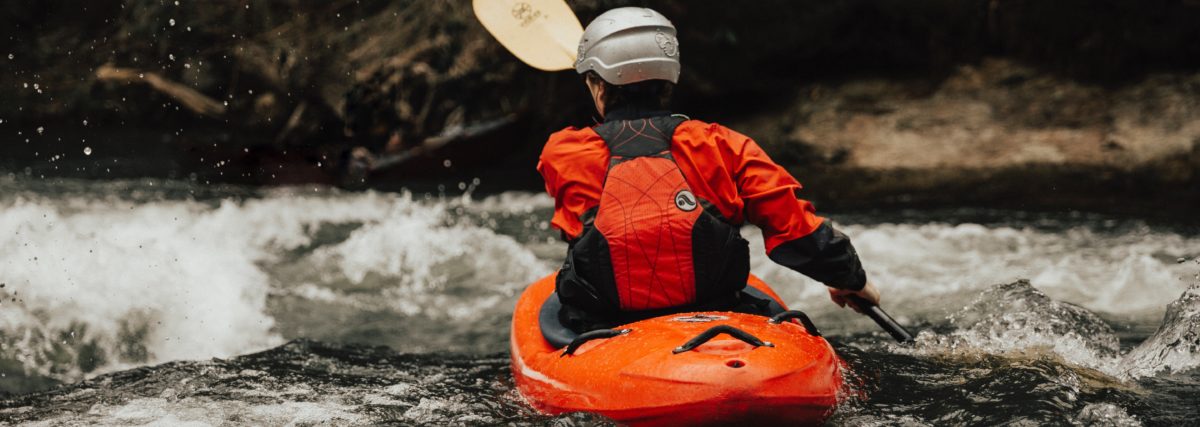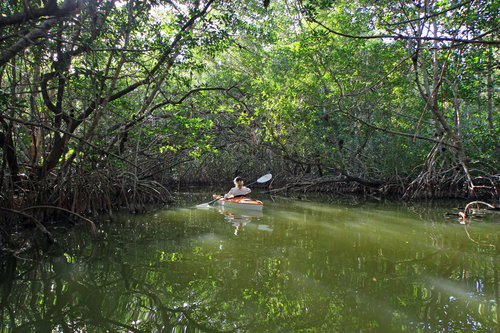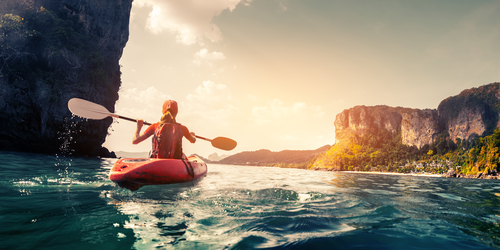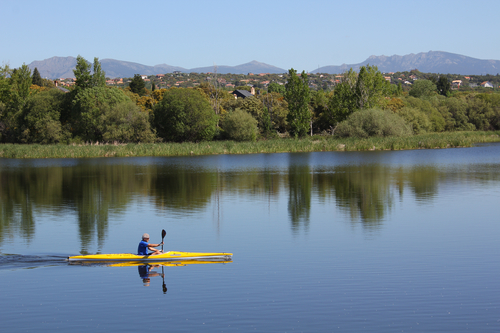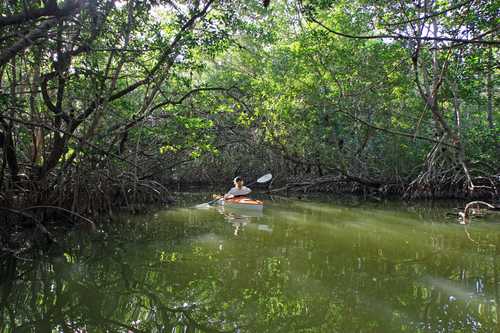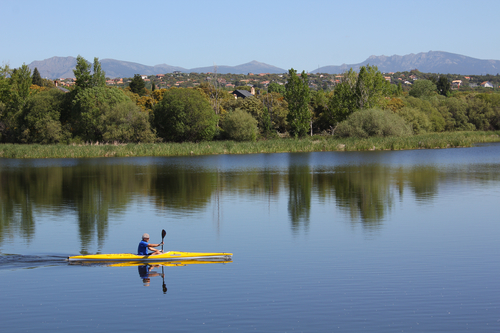River Pacuare is seen by many as being one of the most spectacular whitewater kayaking sites in the world. Kayakers go there to experience the challenging rapids and to soak in the wonderful scenery.
The Pacuare river is open for kayaking all year round. The river is at its lowest between March and April. This is the best time to kayak especially if you have little experience.
The river is usually at its highest between October and December. You need to have some kayaking experience to kayak during this period.
River Difficulty
The Pacuare River kayaking course is about 33 kilometers long. Along the length of are more than 50 rapids ranging between class II and class IV difficulty. Class II rapids are easy to negotiate for most people.
The rapids are not difficult to maneuver but the current pace can pick up very fast. Class II rapids are usually the best for some family fun. People of all ages can have a lot of fun trying to negotiate the class II rapids of River Pacuare.
It starts to get a little serious when we come to class III rapids. Here, some experience with a kayak can really come in handy. It is not advisable for children younger than 8 to be kayaking alone on class III rapids.
The current can become very difficult to navigate. Class III rapids are still very fun to navigate especially along the Pacuare River. Class IV rapids are the Pacuare River party piece. They are fast moving and notoriously difficult to navigate.
You definitely need some experience to attempt to kayak on class IV rapids on the Pacuare. However, don’t be worried about missing out if you have no experience. You can attempt to tackle the rapids with an experienced guide on a 2-seater kayak.
These types of rapids are distributed along the Pacuare river. The Upper Section of the river mostly contains class IV rapids. The Lower Section and the Upper Upper Section contain the whole range of rapids described above. It takes about 4 hours to negotiate the entire course of the river.
Best Kayak To Use On River Pacuare
River Pacuare has many types of rapids. The safest bet is to carry a kayak that will negotiate the different types of rapids comfortably. A shorter kayak will negotiate the class II and class III rapids fairly comfortably. It is agile enough to tackle those rapids.
However, a shorter kayak will struggle when it comes to class IV rapids. A longer kayak is less agile but it will comfortably tackle class IV rapids due to its speed. The safest bet is a longer kayak.
It might be less agile than a smaller kayak but it will help you out massively on River Pacuare. Always consider the possibility of carrying an inflatable kayak. It is easy to carry and still very stable.
Attractions Along River Pacuare
There are many animals for you to see along River Pacuare. You might get a chance to see otters, monkeys, sloths, iguanas, and many more. You might even get lucky and see a black panther.
There also hundreds of beautiful birds and insects for you. The scenery along River Pacuare is also very spectacular. The river is full of many spectacular waterfalls. The forest that runs along the river also makes for an incredible sight.
Possible Dangers Of Kayaking On River Pacuare
The biggest danger of kayaking on River Pacuare is the strong rapids. You should not attempt to kayak on any rapids above class II if you have no experience. If you have to kayak on dangerous rapids, makes sure you have an experienced instructor with you.
In addition, make sure you maintain a safe distance between you and the animals. Some animals might feel threatened and they might attack you if you get too close.
